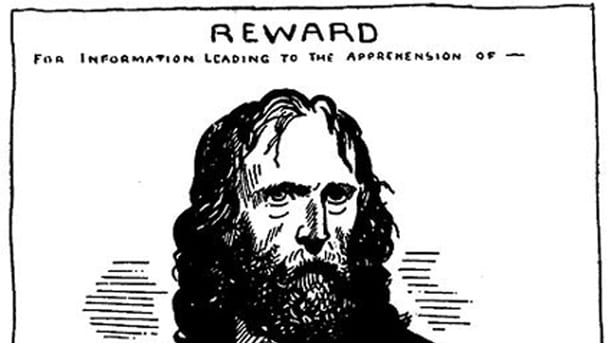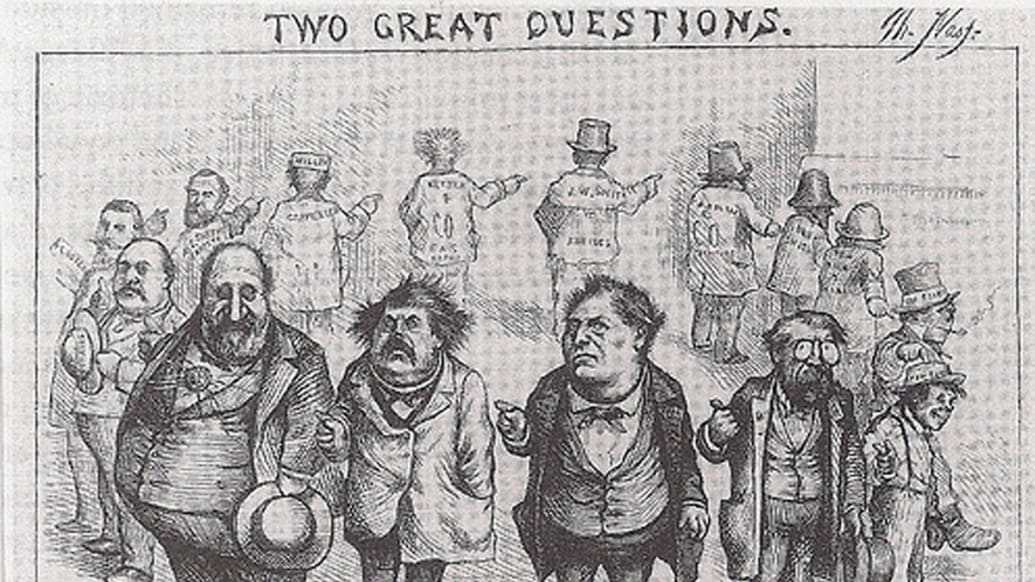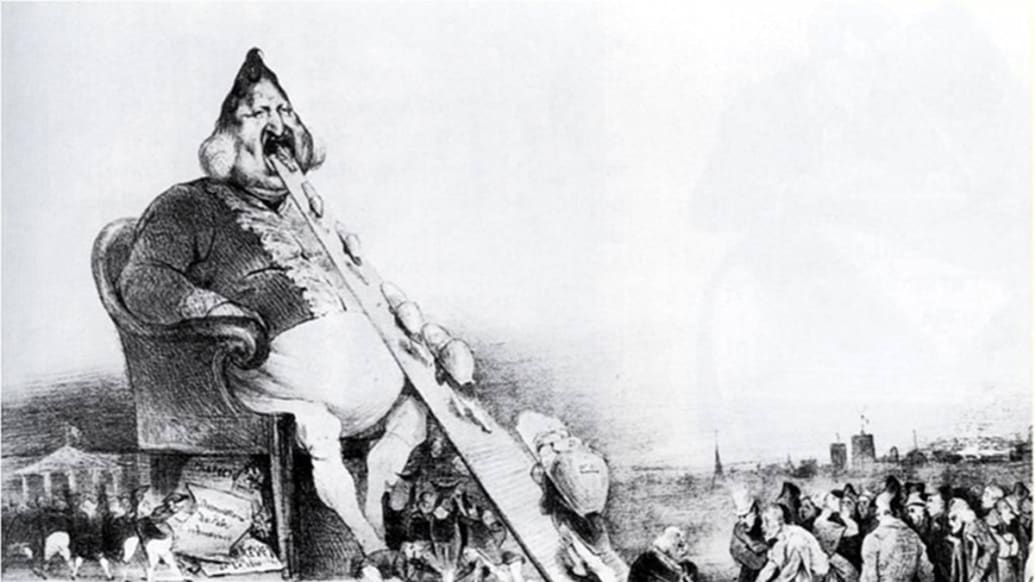1. Art Young’s “Jesus Christ Wanted” (1917)

2. Robert Minor’s “The Perfect Soldier” (1916)
I loved The Masses magazine, which made Art Young, Robert Minor, and their fellow subversive artists possible. Here is its manifesto: “A revolutionary and not a reform magazine. A magazine with a sense of humor and no respect for the respectable; frank, arrogant, impertinent, searching for true causes; a magazine directed against rigidity and dogma wherever it is found; printing what is too naked for the money-making press; a magazine whose final policy is to do as it pleases and conciliate nobody.”
3. Thomas Nast’s “Who Stole the People’s Money?” (1871)

The corrupt Boss Tweed (pictured on the left) famously said of Thomas Nast’s devastating cartoons, “Stop them damned pictures ... My constituents can’t read. But they can’t help seeing them damned pictures.” He was right, and it was “them damned pictures” like “Who Stole the People’s Money?” that finally brought him down.
4. David Levine's “Lyndon Baines Johnson” (1966)
As the art director Steven Heller said of David Levine’s 1966 portrait of LBJ showing his scar in the shape of Vietnam, “A great caricature has to be surprising, and that was amazing, the timing right, the image perfect, as great as any Daumier, a piece of history.”
5. Honoré Daumier’s “Gargantua” (1830)

After Honoré Daumier caricatured King Louis Philippe as Gargantua, he was sent to prison. In 1835, when the king reestablished the censorship he had previously abolished, significantly, it was not for print, but for caricature, on the ground that “whereas a pamphlet is no more than a violation of opinion, a caricature amounts to an act of violence.”
6. Ralph Steadman’s “Richard M. Nixon” (1974)
British cartoonist Ralph Steadman, who calls himself a gonzo artist, has said that “caricature is a form of assassination,” and his portrait of Nixon may be said to prove it. (But then again, Nixon may be an unfair example. As the late American cartoonist Doug Marlette once observed, “His nose told you he was going to invade Cambodia.”)
7. David Low’s “Rendezvous” (1940)
David Low, the London Standard’s New Zealand–born cartoonist, had a theory to explain the fits thrown by Hitler and his general staff every time one of his cartoons showing Hitler as ineffectual appeared. “No dictator is displeased by cartoons showing him as a power-seeking world-beater,” he would say. That’s the self-image dictators want to propagate. “What he does not want to get around is the idea that he is an ass, which is really damaging.”
